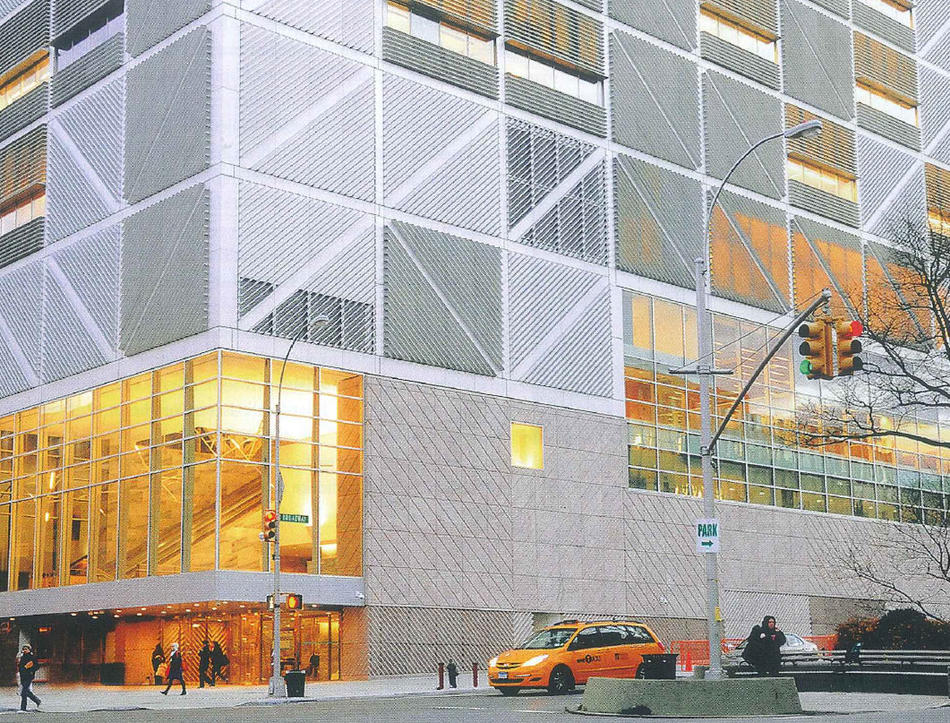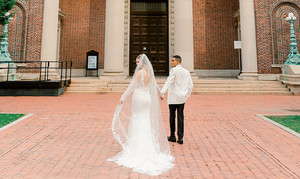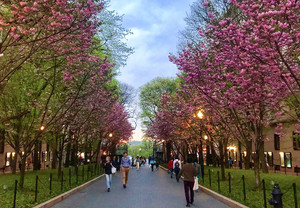In January, the University opened its new science and engineering building, a glass and aluminum-clad tower at the intersection of Broadway and 120th Street. Designed by Spanish architect José Rafael Moneo, the Northwest Corner Building contains 21 large, high-ceilinged laboratories, as well as a café, a science library, a 164-seat lecture hall, and several smaller classrooms and faculty offices.
“Everybody on my research team is excited,” says biology professor Rafael Yuste, who moved into the 14-story facility over the winter. “We have lots of natural light now and plenty of space. When you walk into the mezzanines, you’re constantly interacting with colleagues. It’s like one big forum.”
Eleven professors have already relocated to the building or are in the process of moving; the University still must complete the interiors of several laboratories. All of the building’s occupants will be interdisciplinary researchers working at the boundaries of biology, chemistry, physics, and engineering.
Architecture critic Nicolai Ouroussoff, in his February 9 New York Times review of the facility, praised Moneo for having created airy and spacious interiors that encourage “intense social communion.” The building’s “spirit of openness and exchange” is best exemplified, he wrote, by a public café that is visible to passersby through huge windows, making it “a kind of interstitial zone floating just above the city.”
The public can enter campus through the café or by a new stairway on the east side of the building. These welcoming gestures make Moneo’s design “a work of healing,” Ouroussoff wrote. “Seen in the context of Columbia’s often tense relationship with its Harlem neighbors, including recent battles over its plans to build a new 17-acre campus in West Harlem, the building is a gleaming physical expression of the university’s desire to bridge the divide between the insular world of the campus and the community beyond its walls. . . . It’s a big, tough building, but it’s tenderhearted, too.”



